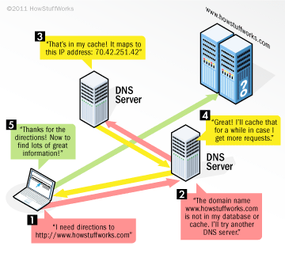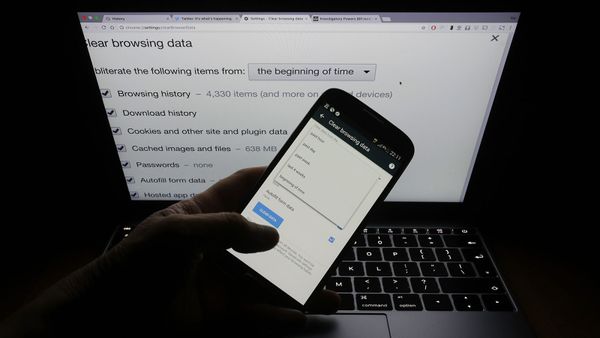
The internet and the World Wide Web are wild frontiers that rely on computer languages, codes, and web browsers to find and share data and information. One of the most fundamental instruments of the internet is the Domain Name System, or DNS. (Although many people think "DNS" stands for "Domain Name Server," it really stands for "Domain Name System.")
DNS is a protocol within the set of standards for how computers exchange data on the internet and on many private networks, known as the TCP/IP protocol suite. Its purpose is vital, as it helps convert easy-to-understand domain names like "howstuffworks.com" into an Internet Protocol (IP) address, such as 70.42.251.42 that computers use to identify each other on the network. It is, in short, a system of matching names with numbers.
Advertisement
The DNS concept is like a phone book for the internet. Without this kind of way finding system, you'd have to resort to much more complicated and esoteric means to sift through the virtual open plains and dense cities of data strewn across the global internet ... and you can bet that it wouldn't be nearly as much fun, especially since there are now hundreds of millions of domain names [source: VeriSign].
Without DNS servers, the internet would shut down very quickly. But how does your computer know what DNS server to use? Typically, when you connect to your home network, internet service provider (ISP) or WiFi network, the modem or router that assigns your computer's network address also sends some important network configuration information to your computer or mobile device. That configuration includes one or more DNS servers that the device should use when translating DNS names to IP address.
So far, you've read about some important DNS basics. The rest of this article dives deeper into domain name servers and name resolution. It even includes an introduction to managing your own DNS server. Let's start by looking at how IP addresses are structured and how that's important to the name resolution process.
Advertisement






